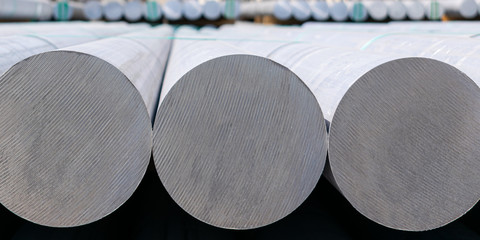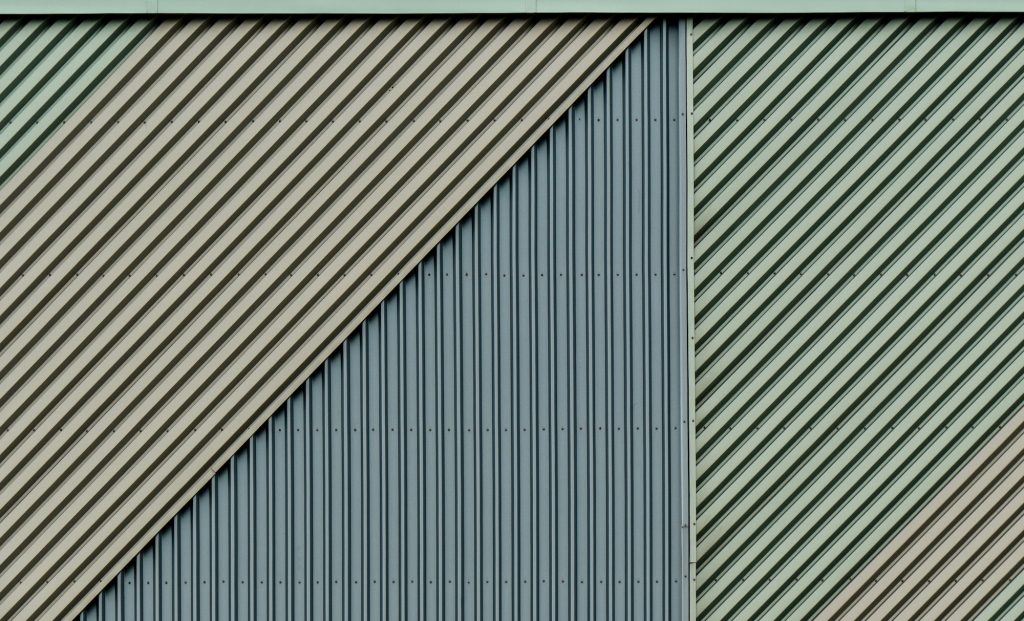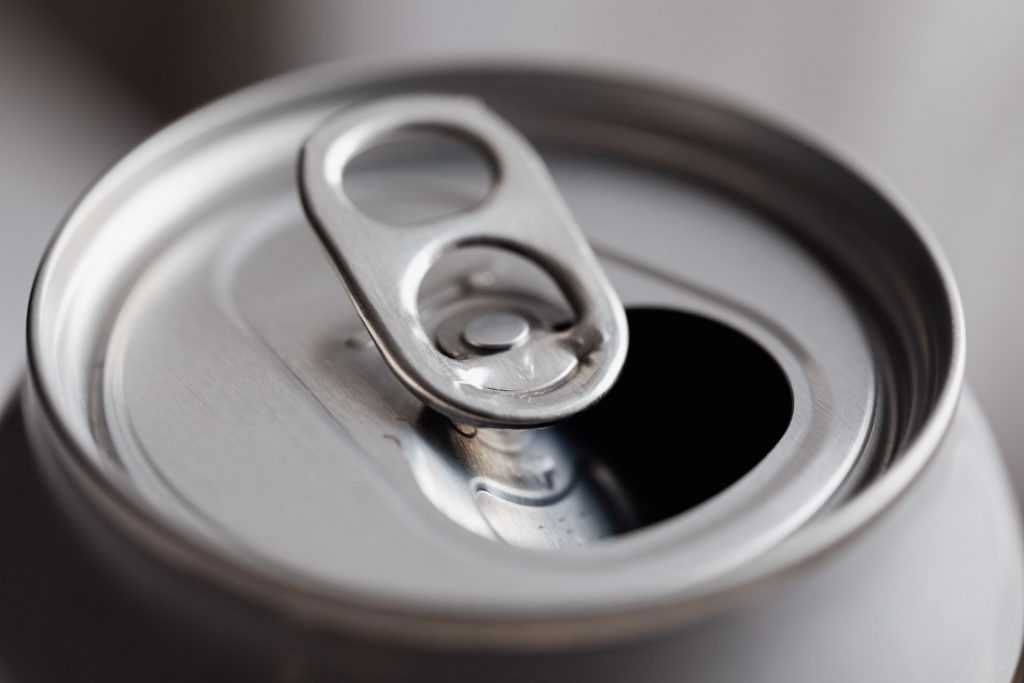Have you ever considered how your aluminium objects came to be? While their shape might seem natural, it would have in fact taken a lengthy process to take it from the original material to the finished product.
One such process that can form aluminium into any desired shape is an aluminium extrusion. It takes place at specialist manufacturing plants, allowing companies to create all manner of objects that wouldn’t have been possible otherwise, without a much more complicated process.
If you are keen to learn more about aluminium extrusions, here is everything you need to know.
Aluminium Extrusion: An overview

Cast your mind back to being a child when you’d make shapes with plasticine. There was a tool you could use to force the material through an object that would form it into a particular shape. That same process is actually used in real life in various manufacturing methods, including to make aluminium extrusions.
In essence, aluminium extrusions are created using a forming process. Using a hydraulic press, aluminium which has been cast in log form known as a billet is fed into the machine. Once inside, it is heated to almost 900°F where it is then transferred to the extrusion press. A ram pushes the billet into the press where it emerges on the other side as its intended profile.
The material is then cooled before being stretched into place and aged in an oven which will help the aluminium develop mechanical properties. The process is finished off by a secondary finishing such as deburring, polishing or anodising.
What Are Aluminium Extrusions Used For?

Aluminium extrusions are created to meet exact requirements. This is crucial if the item has an unusual shape, as the machine can create a finished product that is made to your specific dimensions in terms of length and profile.
Also, aluminium extrusions have a fast turnaround time compared to other aluminium manufacturing methods. Overall, they offer an efficient and flexible approach to the process.
Aluminium has wide usage, from bikes to chairs and of course, good old aluminium windows. However, in order to turn the aluminium from blocks (billets) to the correct shape, it needs to be formed. There are various methods of forming aluminium, but aluminium extrusion offers the most advantages.
The Benefits Of Aluminum

When you consider its rich amount of benefits, it’s no coincidence that aluminium is used for so many different items. Primarily, aluminium is a metal that is durable making it easy to bend and form into various shapes. This is important to meet the various usage requirements of the user, especially in the case of curved windows and doors. Compare that to another material which is not malleable, and it’s easy to see why aluminium is the metal of choice.
Other benefits of aluminium include it being durable, lightweight, strong, insular and recyclable. This makes it ideal for everything from keeping your can of beer cool to be strong enough to be used in construction projects too. When it is used as a design feature, aluminium also looks high spec especially when architectural powder coating has been applied. When well maintained, aluminium will last far longer than many other material types, especially if used externally for window frames.
Aluminium bending services across the UK
ABS are the UK’s leading company in aluminium extrusion bending. With years of experience, we’re round to be a part of British manufacturing history.
Find out more about our aluminium bending service and aluminium section bending.
With this comes the quality of an ISO 9001 Certificate so that you can be sure we’re able to offer precision manufacturing all of the time.
Whether you need something for an exterior project or bespoke aluminium furniture for inside, call us today on 01623 272464 for a free quote ABS Ltd.


